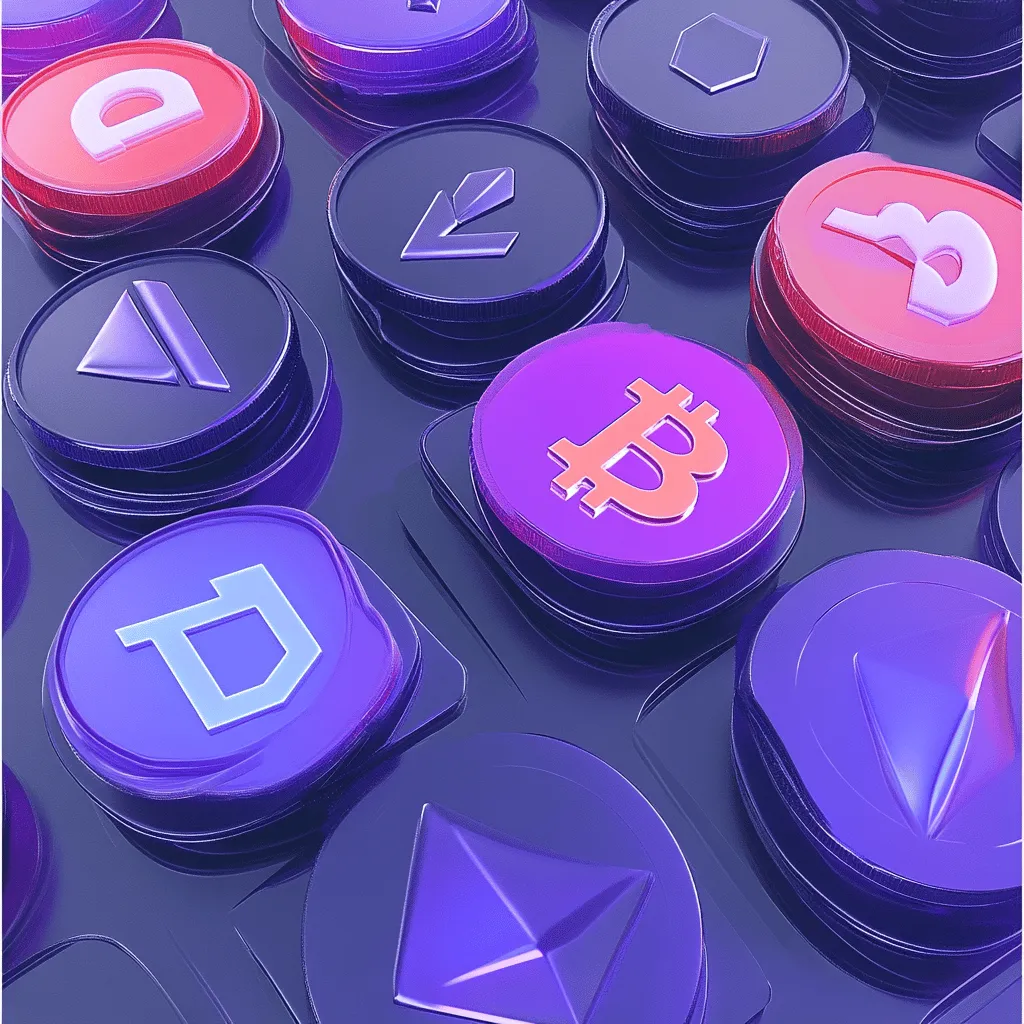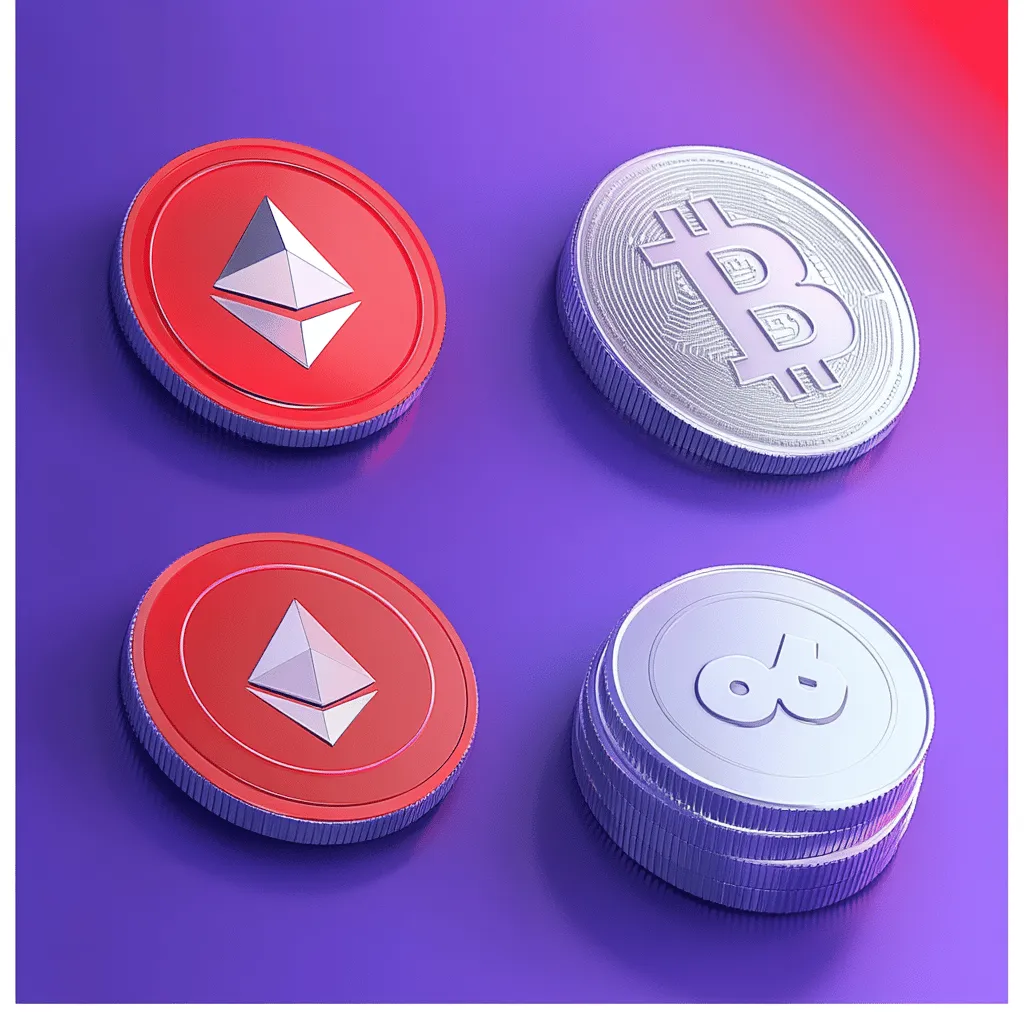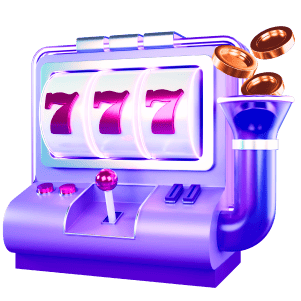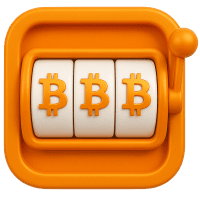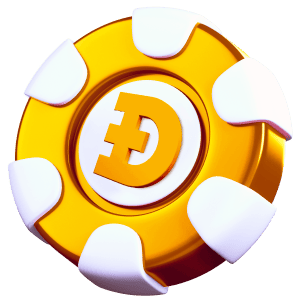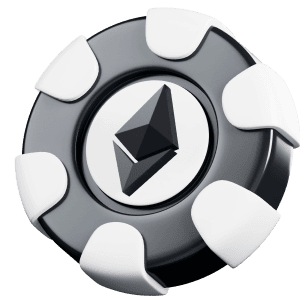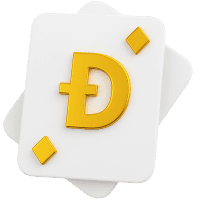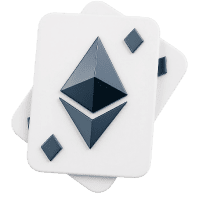The world of cryptocurrencies is actively evolving, striking new trends. One such trend that has brought an additional $1.2 billion to token holders in 2023 is crypto retrodrops. This is a unique method of asset allocation that continues to gain popularity.
Cryptocurrency drophunting is a popular way of earning free tokens with minimal time and money. Retrodrop takes one of the first places in this format of income generation and involves rewarding users who have supported the project from the beginning. In this material we will tell you what is retrodrops, how they differ from airdrops and how to earn money on them.
What are retrodrops
First we need to understand what airdrops are. An airdrop is a free giveaway of tokens or cryptocurrency to users of a particular network or platform. Airdrops are usually held to promote a new project, attract attention to it, increase the number of users or reward existing community members.
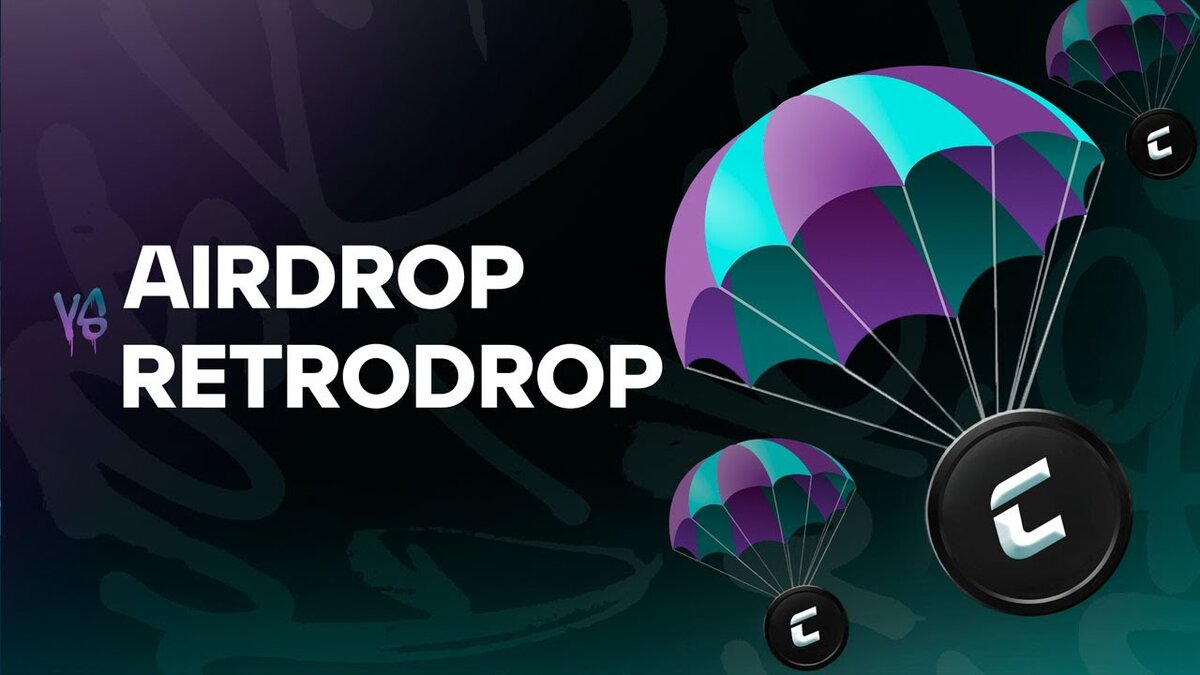
Retrodrop are rewards for past activity. They are a special kind of airdrop, the main purpose of which is to reward users for their past services to the project. This can include participation in product testing, long-term token storage, or other forms of support. In this way, Retrodrops serve as a motivation tool for early adopters of a project, attracting attention and encouraging further interaction with the platform.
Unlike traditional airdrops, where participants often need to complete tasks or current activity, Retrodrops focus solely on past actions. For example, if you’ve owned project tokens for a year, you may be automatically credited additional tokens as part of a retrodrop.
The popularity of retrodrop events in the cryptocurrency world is due to their ability to recognise the contributions of early users and keep them committed to the project. These events help build a sustainable and active community, which is especially valuable for projects looking to grow their ecosystem for the long term.
This type of drop-in gets its name from the word ‘retrospective’, meaning that the user’s past activities are evaluated in the present.
What you can get a bonus from the project for
Retro drops are provided as a reward for achievements or fulfilment of certain actions that may require additional efforts or costs from users. The main categories of user interactions with the project that can be rewarded are summarised below.
Providing funds to the project
A large turnover of assets is important to the ecosystem of any DeFi project, so additional rewards can be earned for investing a large amount of money. Reward can also be received for other actions related to financial transactions – staking, mining, getting credit, providing liquidity.
DAO voting participation
In large-scale ecosystems like Ethereum, users have the ability to influence the development of the project through voting. Retros can be granted to token holders who actively participate in voting and propose ideas for further growth of the platform, while keeping their assets on the balance sheet.
Creating and implementing smart contracts
Platforms often support experimentation and innovation within their ecosystem by incentivising developers through retros.
Multisig address creation
This process is most often performed by professional teams, investment funds and investor groups. These users are seen as valuable contributors to the ecosystem as they make a significant contribution to its development and security.
Multi-sig wallets (wallets that require multiple private keys from different signatories to confirm transactions) are predominantly used by participants who conduct large financial transactions. This is due to the need for increased asset security, making their use particularly important for protecting significant amounts of money.
Transaction execution
Another important indicator of the demand for the platform is the number of transactions. Many reports are presented in dollar terms to simplify systems for understanding the data. The greater the turnover of funds and more large transactions, the higher the level of trust in the platform. Users who improve the statistics can get an additional bonus from the developers.
Duration of activity
Users who spend a significant amount of time online and are regularly active become increasingly important to the project. In recognition of their contribution and loyalty, they can receive special rewards.
Donations
This is one of the popular ways to raise funds for the development of new projects. Developers accept donations or use other ways of accepting funds. All those who supported the platform in the early days receive tokens during retrodrops.
The story of retrodrops crypto began in 2011 when Gavin Andersen gave away free bitcoins among users to stimulate the development of the project. 19,700 BTC were handed out.
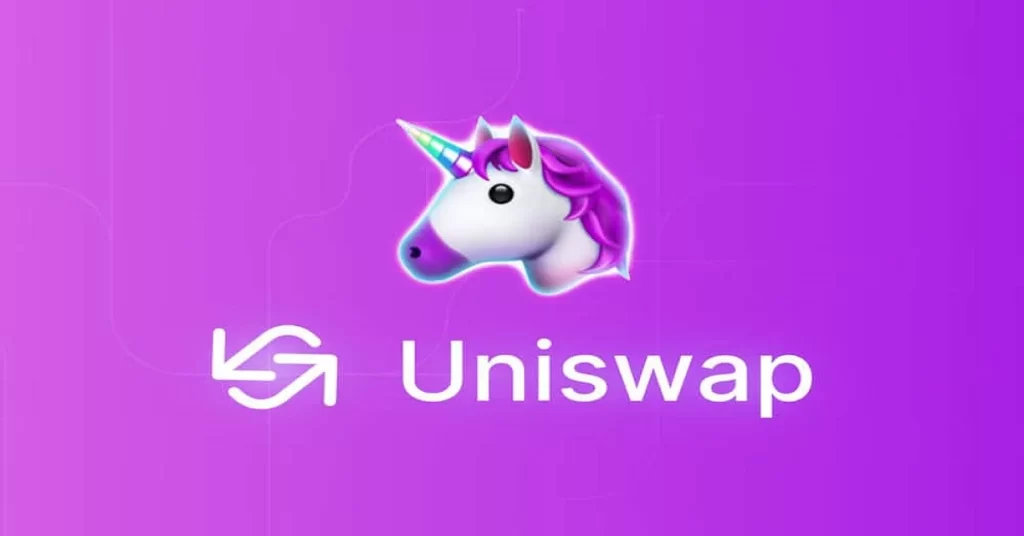
Following the success of Uniswap, many other platforms, including 1inch, began to implement similar strategies, rewarding active users for their participation and support. Such initiatives have helped to further develop the concept of retrodrops, making them an integral part of the cryptocurrency landscape.
Evolution and increasing complexity of mechanisms
As blockchain technology has evolved, retrodrops have become increasingly diverse and complex. Automated reward distribution systems based on smart contracts have emerged, providing greater transparency and fairness to the process. These innovations allowed projects to more accurately assess each participant’s contribution and distribute tokens accordingly.
In addition, new retrodrop models have emerged that take into account different aspects of user interaction with the platform. For example, some projects have started to take into account the length of token ownership, frequency of transactions or participation in project management through DAO (decentralised autonomous operation) mechanisms. This has made the retrodrop system even more flexible and adaptive to the needs of specific communities.
Importance for the ecosystem
Today, retrodrops play a key role in the development of cryptocurrency projects. They help to attract new users, increase the loyalty of existing participants and stimulate activity within the ecosystem. Retros are particularly effective in attracting professional traders, investment funds and investor groups, which often work with large volumes of assets and require increased security measures.
For example, the creation of multi-sig wallets (wallets that require multiple signatures for transactions) has become one of the popular areas of retrodrops. Users using such wallets demonstrate a high level of trust in the platform and a willingness to invest significant funds, making them valuable participants in the ecosystem.
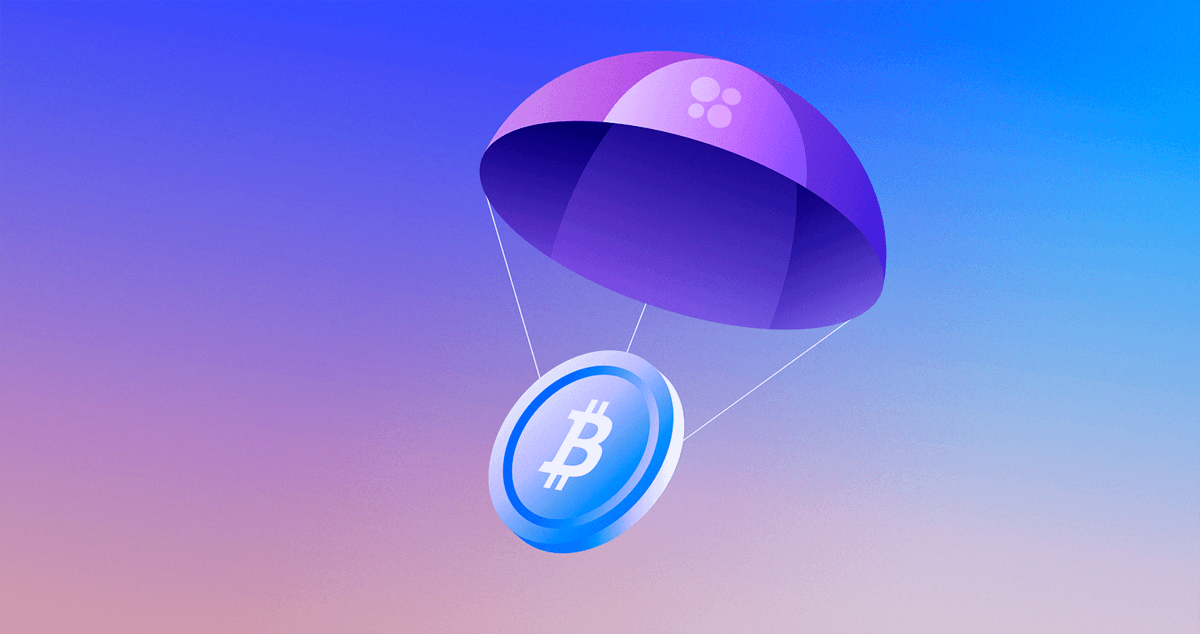
Thus, the history and evolution of retrodrops are closely linked to the development of the cryptocurrency market and technological innovations. Starting as a simple tool to encourage users, retrodrops have evolved into a powerful marketing mechanism that contributes to the growth and sustainability of cryptocurrency projects.
Why retrodrops are held
It’s hard to overestimate the retrodrops meaning, as they help a developer attract attention to a new platform, which provides funds to realise the main idea. Here are the top five reasons why developers conduct retrodrops:
- Attracting attention. Typically, drops are conducted during the development and release phase of a project to build a user base. It is important for new protocols and applications to find their audience so that there is interest in the programme, liquidity and visibility of success to attract additional funding. Therefore, crypto projects in the initial stages are willing to spend extra money to attract as many participants as possible.
- Achievement of certain indicators. Distributing tokens to owners of another popular cryptocurrency allows projects to quickly build a base of users already familiar with the world of digital assets. This approach helps accelerate the development of a community around a new blockchain, exchange or other solution. As a result, the cryptoproject receives the necessary indicators to strengthen its position, such as growth in the market capitalisation of the token or an increase in the number of registered users on the exchange.
- Make a loud statement. Retrodrop allows a project to make a loud statement about itself, as new projects have high competition for the attention of users. The latter may pay attention to new developments if they get a few coins for it. This is a well-thought-out marketing move, as a result of which the project gets not only clients, but also interest from the whole community.
- Equitable distribution of assets. When retrodropping, developers can distribute funds across a large number of wallets, rather than concentrating them on the balance sheet of a few large investors. This creates more liquidity from the early days of the platform.
- Avoid regulation. To avoid the strict government regulation associated with traditional ICOs, which is in place in many countries under securities laws, projects resort to using retrodrops. Thanks to the free distribution of tokens in this way, it is possible to bypass the existing legal restrictions.
These are the main reasons that make retrodrops website popular.
How retrodrops work
Retrodrops are based on the principle of retrospective reward. Users receive tokens for their previous activity, such as participating in beta testing, owning tokens or using the platform’s services. The project sets eligibility criteria and automatically distributes tokens to eligible users. For example, if a participant has held the project’s tokens for a certain period of time, they can expect an additional reward.
The retrodrop process begins by analysing the data. The project identifies eligible users, generates a list of participants, and then distributes tokens in proportion to their activity or investment. Various algorithms can be used to determine eligibility for retrodrop, such as analysing transactional activity on the blockchain or accounting for activity on the platform.
Some retrodrops include gamification elements by offering users tasks or contests to earn additional tokens. This incentivises activity and increases user engagement, contributing to the development of the project.
Types of retrodrops
There are several types of retrodrops:
- For token ownership. Additional tokens are given for holding existing tokens.
- For activity. Users who participate in events or activities on the platform are rewarded.
- For testing. Beta testing participants are compensated for their efforts.
- Community Rewards. Users with contributions to the community receive special bonuses.
- Affiliate programmes. Rewards for recruiting new users or partners.
Sometimes retrodrops involve unique forms of rewards, for example, for owning rare NFT tokens. This creates a sense of exclusivity and stimulates interest in participating in the project.
How to earn on retrodrops
Here is a step-by-step algorithm that allows you to find a suitable project with an opportunity to earn money on retrodrops.
Step 1: Selecting projects
The key to success is choosing the right project. It is important to research the team, goals and technical features of the platform. Analyse the growth prospects and reliability of the project, taking into account reviews and ratings in crypto communities.
The main selection criteria are:
- The reputation of the team;
- technical background of the project;
- growth potential;
- participation of major investors and partners.
Step 2: Consider risks
When participating in retrodrops, it is worth considering possible risks, such as fraudulent schemes, technical failures or a sharp decline in the value of tokens. To minimise these threats, make a list of potential risks and assess their possible impact on your investment.
Example of a risk table.
| Risk | Description |
| Fraud | The project may turn out to be a fraud |
| Technical failures | Malfunctions may occur |
| Currency decline | The value of tokens may drop sharply |
| Regulatory risks | Problems with legislation |
To minimise risks, carefully review the terms of participation, project history and team reputation. This will help you avoid participating in unreliable initiatives.
Step 3: Strategies and tactics
Use the following approaches to successfully work with retrodrops:
- Diversify. Participate in multiple projects at the same time.
- Be proactive. Follow the news and react quickly to emerging opportunities.
- Analyse. Constantly evaluate results and adjust your strategy.
In order to minimise the risk of losing money from the wrong choice of a project, take time to study the projects you invest in. Also use analytical tools to forecast prospects and be an active participant of the community and forums. This way, you will have the largest possible array of information at your fingertips, allowing you to make the right choice.
Advantages and disadvantages of retrodrops
Let’s talk about the main pros and cons that this reward system has for active token holders.
Advantages:
- No startup investment. Getting tokens without initial investment.
- Encouragement of activity. Rewards for supporting the project.
- Attracting new audience. Expanding the user base.
- Innovative nature. Incentivising the adoption of new technologies.
- Recognition in the community. Participants are given social recognition.
Disadvantages:
- High risk of fraud. Possibility of encountering unscrupulous projects.
- Difficult conditions for participation. Sometimes it is difficult to fulfil all the requirements.
- Unpredictable results. It is impossible to accurately determine the amount of tokens received.
- Technical difficulties. Probability of errors and failures in the distribution process.
- Legal risks. Possible problems with legislation.
Despite the disadvantages, retrodrops remain an attractive tool for passive income and involvement in cryptocurrency projects.
Security when participating in retrodrops
Protecting your assets requires special attention. Follow the following recommendations:
- Use trusted wallets such as MetaMask or Trust Wallet.
- Check the projects. Study reviews and ratings to avoid scammers.
- Don’t share personal information. Avoid phishing sites and suspicious links.
You also need to be careful when dealing with projects. These recommendations will be relevant not only for making money on retrodrops, but in general for working with DeFi, DEX, Web3 projects. Useful precautions:
- keep private keys in a secure place;
- use two-factor authentication;
- check links and website addresses;
- be wary of suspicious offers;
- update your wallet software regularly.
By following these security measures, you can mitigate risks and protect your assets when participating in retrodrops and working with other projects.
Conclusion
We have told you what are retrodrops and what problems you may encounter if you actively use this mechanism of earning on cryptocurrency. Let’s highlight the key points that are related to the topic of the article:
- Retrodrop is a type of airdrop, that is, free distribution of native tokens of a cryptoproject as a reward for certain actions.
- All the specifics of token distribution are determined by the project team, not the users.
- In the history of the crypto industry, there are many examples of successful projects that used retrodrop as a marketing campaign.
- In order to make money on retrodrops, a systematic approach is important.
New projects appear regularly in the crypto industry, which means that in the future we will see many successful examples of retrodrops. In order not to lose money or find a fraudulent portal, it is important to take a comprehensive approach to the selection of projects for investment.

